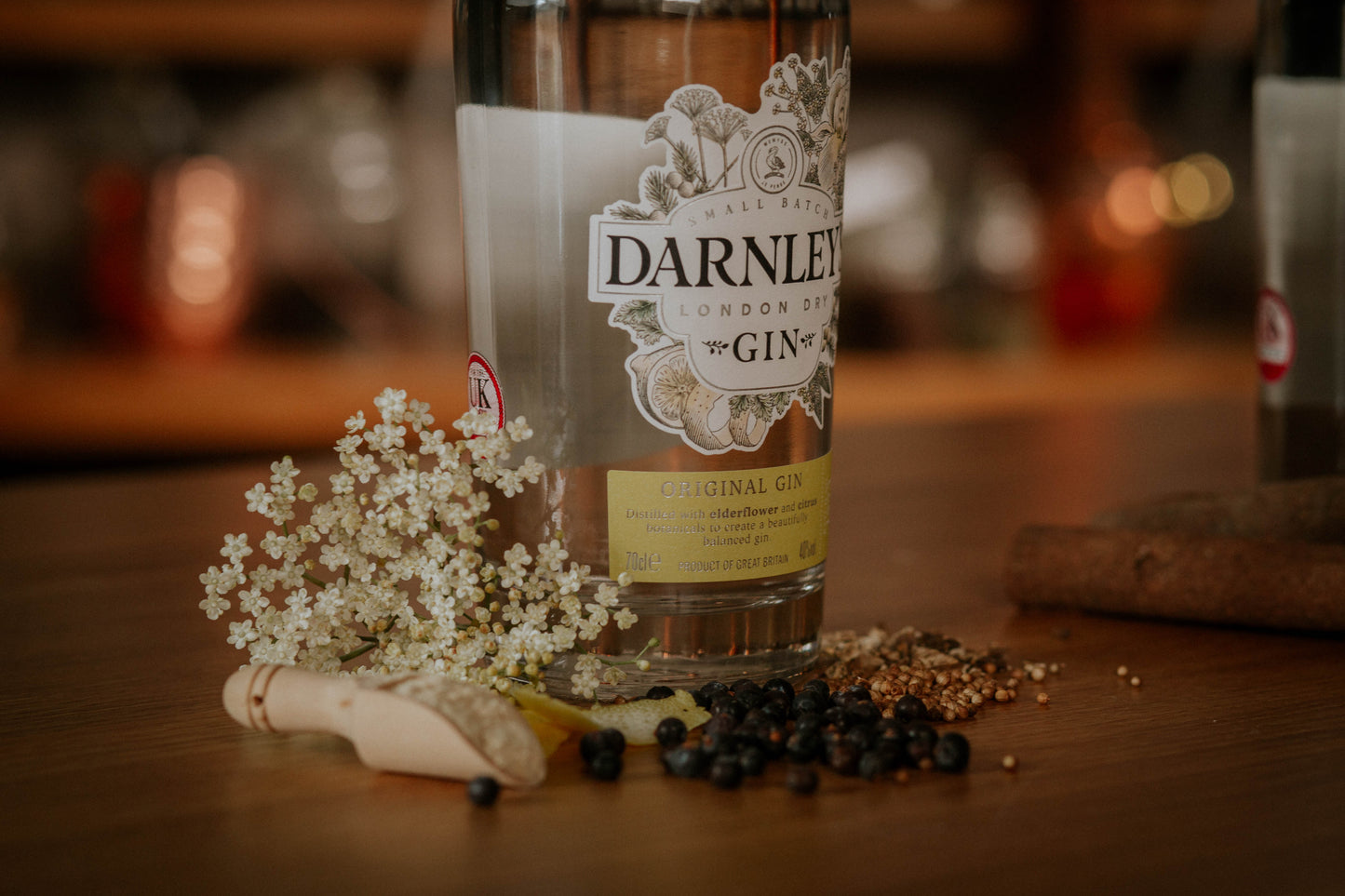
According to the SWR (Scottish Whisky Regulations) there are five whisky regions: Lowland, Speyside, Islay, Highlands (Islands) and Campbeltown.
The concept of the 'whisky region' has developed over the past half a century. Originally what started as a marketing strategy to display single malts from around Scotland as having distinct differences in character, flavour and style has evolved into more of a tradition than a guideline.
Introduced to provide clarity for consumers, much akin to the wine regions of France and central Europe, the regions laid out the noticeable differences between a peaty Islay malt and a dry Lowland malt simply from the fact that they were from different geographical locations. Historically the Highland and Lowland regions were divided into tax bands in the eighteenth century and by the end of the nineteenth century the style distinctions were moulded into the regions we recognise today.
The Distillers Company Limited were the first to commercialise these regions, releasing 'The Ascot Malt Cellar' in 1982 which included six whiskies from different regions. In 1988, the DCL's successor, United Distillers, released the 'Classic Malts' range to publicly demonstrate the region variations. This began the boom of distillery visitor centres as consumers wanted to go and visit where their malts had been made.
However, do these regions still really fit into the mould created for them? In short the answer is probably no - you can very easily get a light malt without a trace of smoke from a distillery in Islay, and obtain an uncharacteristically peaty malt from Speyside. But it is that word - character - that is why these regions will likely never disappear, nor be fully null and void.
Each region still holds a distinct character and if you, as the consumer, are looking for specific styles and flavours you can still be pretty sure that Speyside distilleries will continue to produce fruity single malts. It is the character profiles that will set in stone the regionality of whisky, though just less strict and with more cross over than before. What's more, with the breadth of casks available to the industry today, the flavour of a single malt can be more easily adjusted, no matter where the distillery is.
90% of single malt whisky is bought for blending purposes and so many blending houses rely on producers to keep a certain degree of consistency in the character, body and flavour of their malts. Many blenders today, including here at Wemyss Malts, no longer pick malts based on region but more so on character when building a blended malt. As an example, the malts used to create The Hive have been chosen for their sweet honey character which is accentuated by maturation in ex-Bourbon casks but still needs a base spirit that allows for that kind of character to be crafted.
"The malts for the base are chosen according to weight and character, rather than flavour, to give a canvas on which to create the painting of the blend. We do not choose malts strictly by region."
Our Production Director Isabella Wemyss
Therefore, producers at distilleries across Scotland cannot risk losing their main customers by drastically altering the character of their single malts.
It is for this reason, among others, that whisky continues to have a local style and a regional difference. There is a greater incentive for Islay malts to continue to be peat driven, and for characteristics of other regions to remain broadly the same. So when all is said and done distilleries will stick to their ways, for the time being...
"The controlling factor is the character of the blend."
Isabella Wemyss




